The Devil’s in the Details – Free Photography Tutorials
August 10, 2017
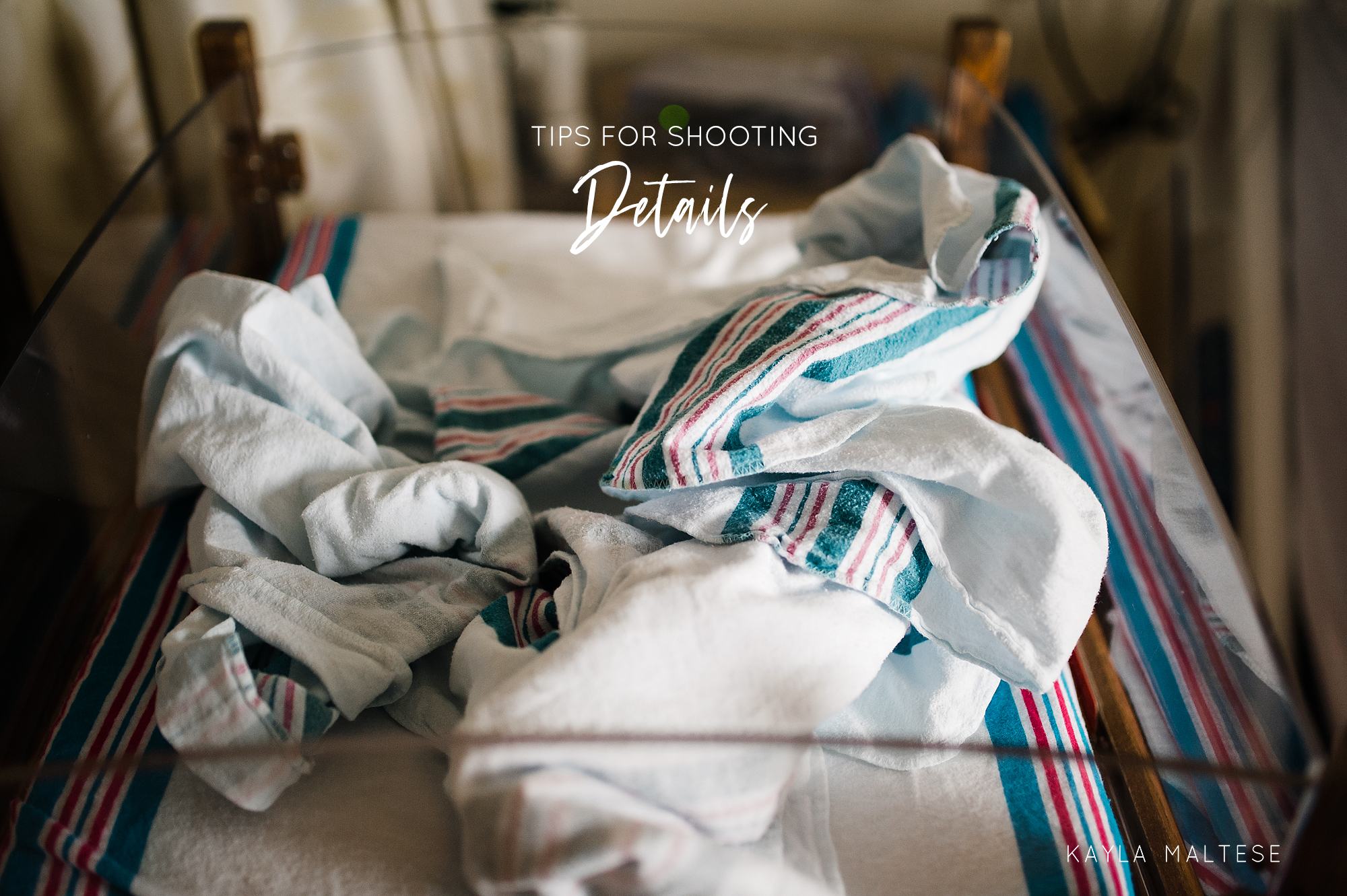
If you’ve been paying attention, you should know by now that I am inspired to pick up my camera by the moments I see around me. Emotions, connections, milestones, everyday moments, I love them all. It might surprise you to know that my second favorite thing to photograph is, well, things. Details, to be precise. As a storyteller, details are critical to my work. They fill in gaps, transition from one scene to the next, and give huge insight into the people I’m photographing. Without details, I doubt that the stories you watch, read, or listen to would have the same impact as they do now and it’s the same for stories told in photographs.
Need more convincing that you should start paying attention to details? Here are a few reasons why you should be including them in your shooting.
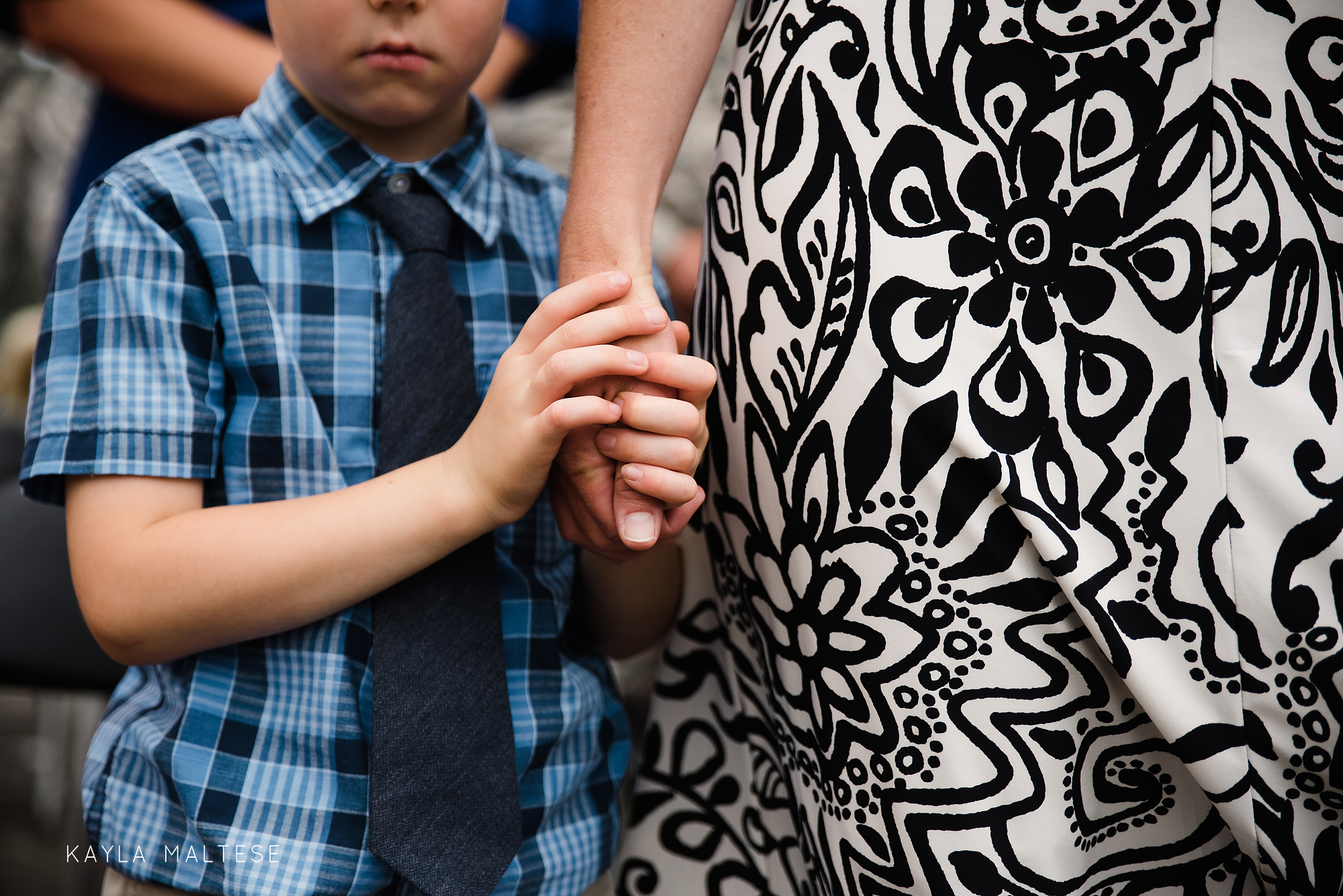
We tend to forget the details.
Next time you sit down for a Law and Order (SVU of course) marathon, pay attention to how many times someone can’t remember the details of a crime. Now when there’s a crime occurring, our adrenaline is pretty high and we’re likely focusing on survival or we’re simply shocked, but mis-remembering or just plain forgetting details happens all the time.
Without looking at any notes or pictures or Facebook posts, what age was your child’s first haircut? What was your favorite gift from your birthday 7 years ago? What did you eat for lunch last Thursday? No cheating!
Chances are pretty high that you can’t remember most of the little things in life. This is a huge motivator for me in looking for details to photograph. I want to remember all of the little things that shape my kids’ lives but I know I won’t remember half of them by next month. Taking pictures of favorite toys or crayon on the wall helps these memories from fading completely.
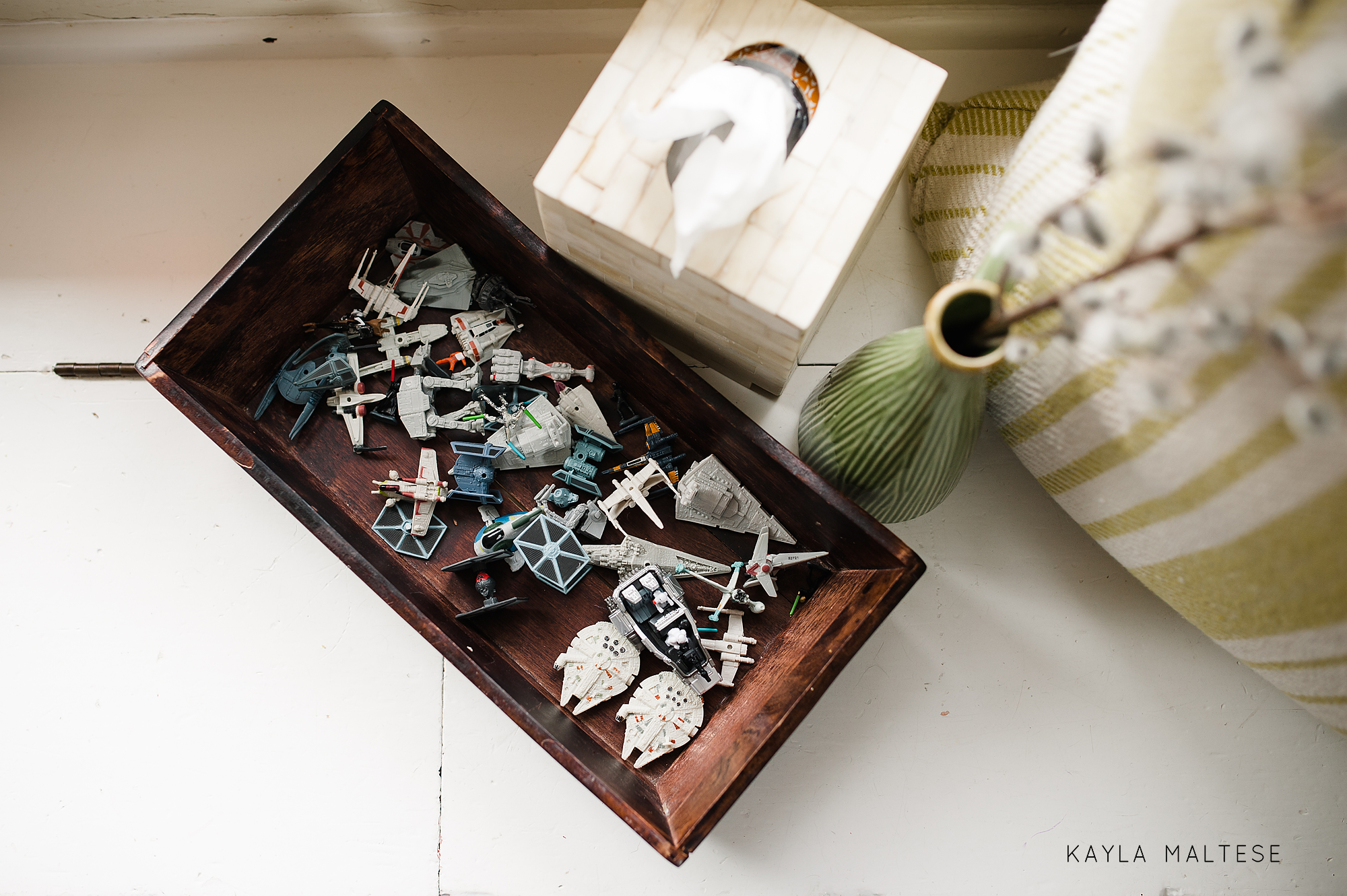
The little details can spark richer memories.
My oldest son had a pair or footie pajamas that he wore nearly everyday during the winter he turned 3. It was the winter when we moved to the Netherlands and when I was knocked off my feet by first trimester morning sickness and fatigue. Those few months are a blur and I don’t really remember much of our daily routine.
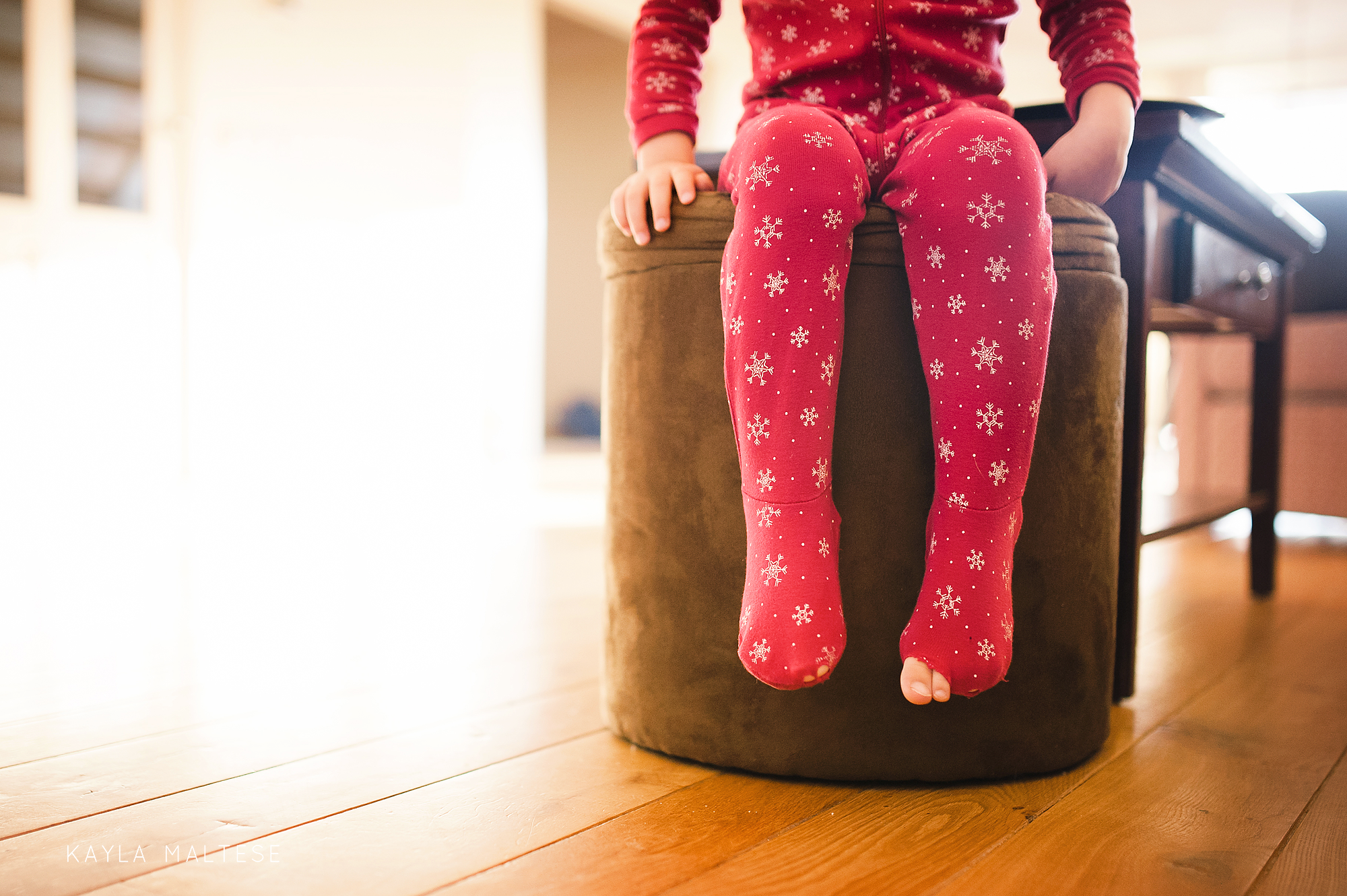
But this picture? This picture brings me back straight to an early morning in January 2015. It brings me back to the days when the sun came up late and went down early, when most days we didn’t even get dressed, and when we were fumbling our way around this new country. I’m reminded of how hard those days were, but I also remember how resilient my son is, how he coped with the changes by not wanting to let go of his pajamas and just how much he has grown. And I remember having to make these pajamas ‘disappear’ when he finally couldn’t get them pulled up over his shoulders.
Shoot the details. You might be surprised when you look back at them by what you’re able to recall.
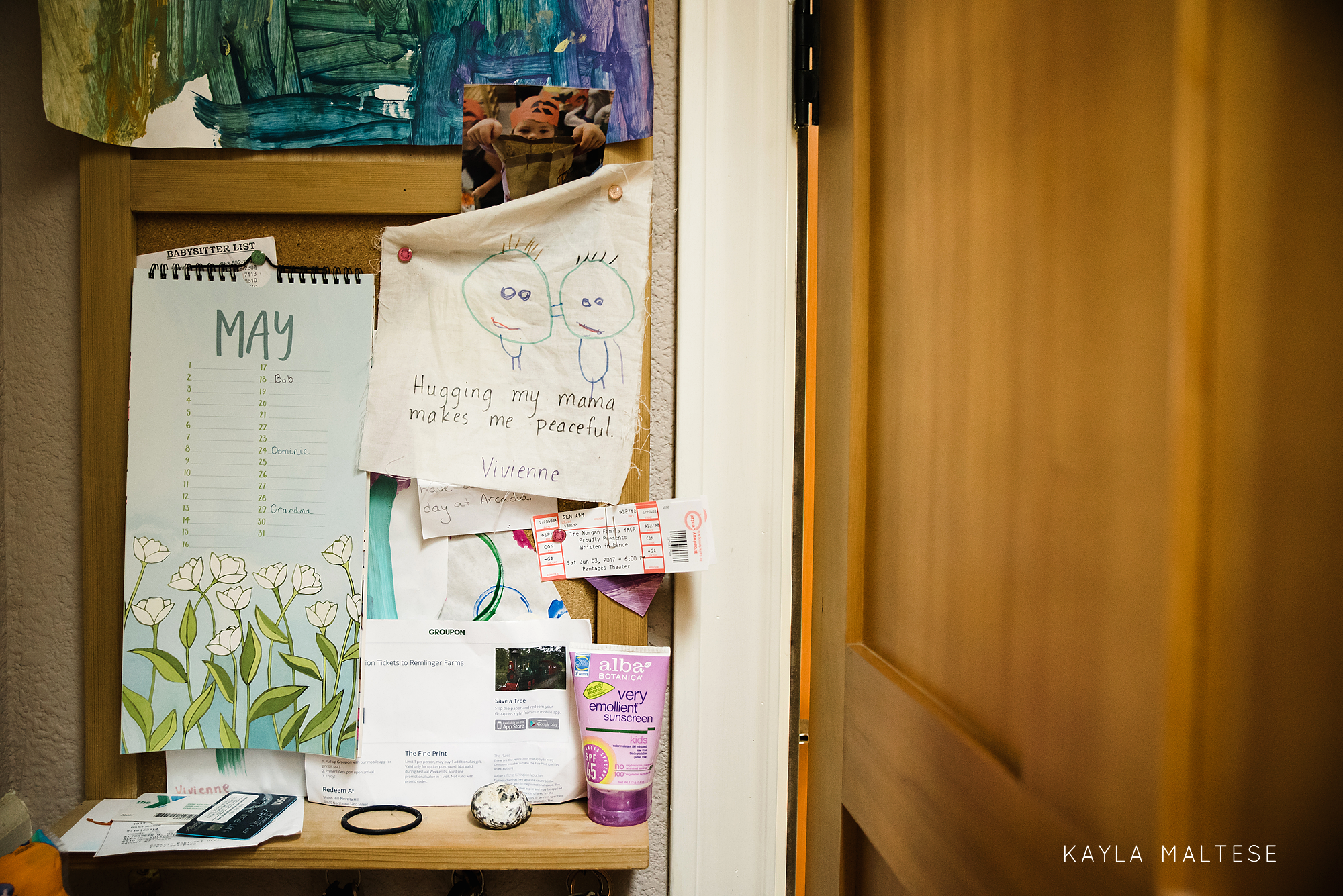
They can fill in gaps in your story.
I love telling stories in single images, using the entire frame to include all the relevant details that you need to figure out what’s going on and why that moment is significant. Sometimes you’ll come across a scene that simply doesn’t allow for you to capture all of the important info you want to include in a single frame. Try shooting a medium or wide shot like you had in mind and then get in closer to get the details that support your story. Adding a detail shot can be a really great way to make sure your viewers or your future self have a clear understanding of the story.
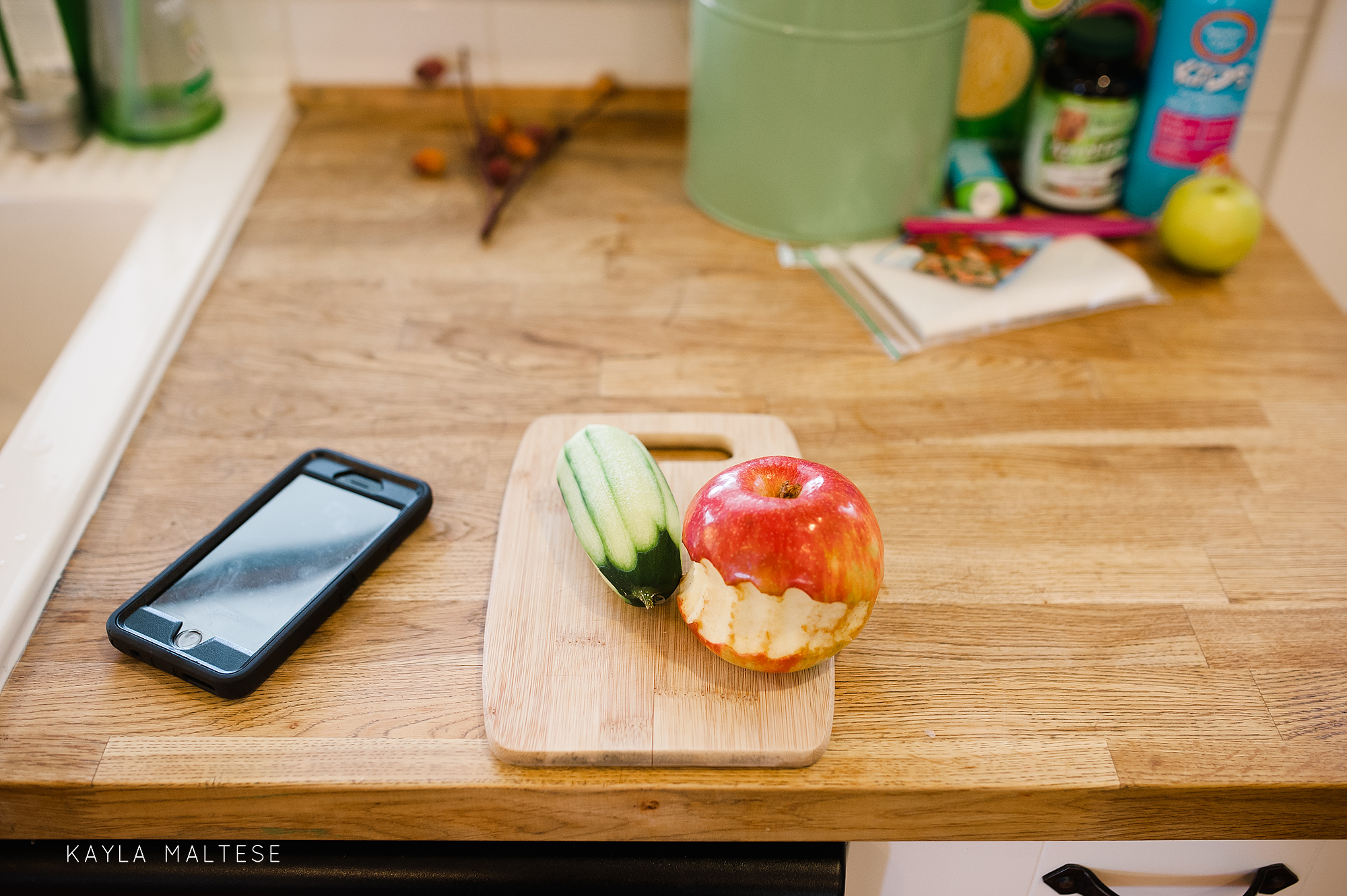
They can be used as transitions.
Any time you set out to shoot more than one image, you can start thinking about your photographs as a story in a series with a beginning, middle and end. Details are crucial for storytelling (in any medium that stories are told) simply because they help to tell stronger stories, but they can also be really useful if you’re stuck on transitions. Transitions are SO important if you want your viewers to keep scrolling through that session you posted on your blog or flipping through your family vacation photos. Even if you don’t set out to tell a story with your images, you can still use details to break up the monotony of too many similar types of pictures in a row and to tie together seemingly unrelated images. Sometimes transitions are tricky to catch while you’re shooting but using details to move from one activity or location to another works effectively.
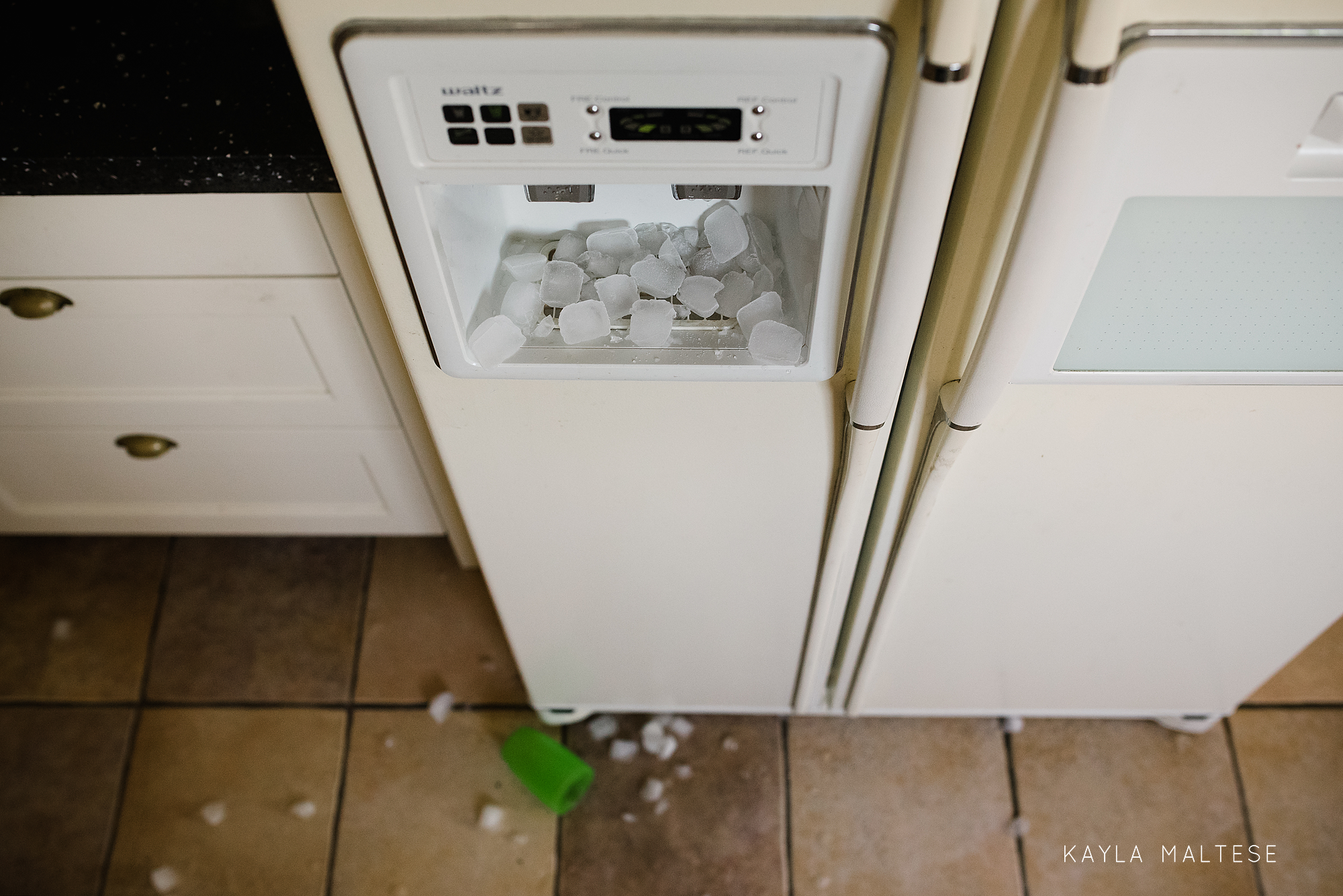
A good detail shot can still be extremely compelling.
But really, who cares about detail shots? Will a client really care about a shot of XYZ? It’s not like I’m going to print a picture of ABC (we’ll ignore their importance for albums for now). If you’re saying these things, then you’re either not looking for details that matter or you’re ignoring things like light and composition.
When you start including details in your shooting, don’t just shoot whatever you see. Think about what this detail means to your subject and story. Once you’ve found an important detail, consider ways to imply movement. A half eaten plate of food, a mess of toys, an unfinished activity… Think of things that make you imagine what happened immediately before and after the picture was taken.
And I definitely have some details printed and hanging on my walls.

So what are some good details?
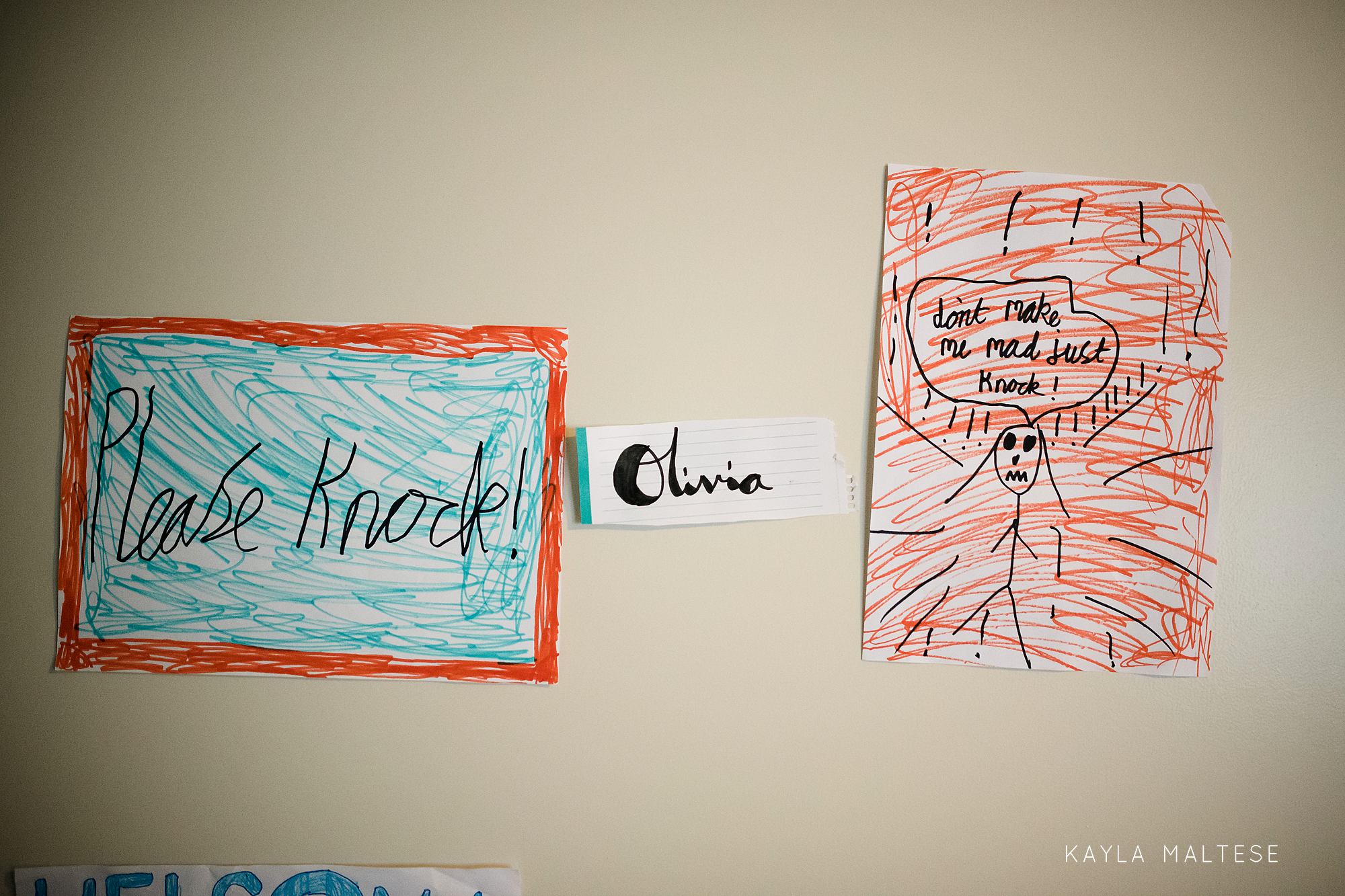
Things your kids leave behind.
This is such a great place to start if you’re new to shooting details. Just follow your kids around all day and before you clean up their silly messes, take a picture. I contribute to the Kids Were Here blog and I have so much fun shooting these images. It gives me a new perspective on the sometimes destructive marks my kids leave behind, allowing me to marvel at the way their minds work. This is also a great way to document your kids’ quirks and bits of their personalities. Is there a super hero obsession in your house? A favorite stuffed animal? Start by looking for things that your favorite people leave around the house like toys, shoes, messes, and artwork.
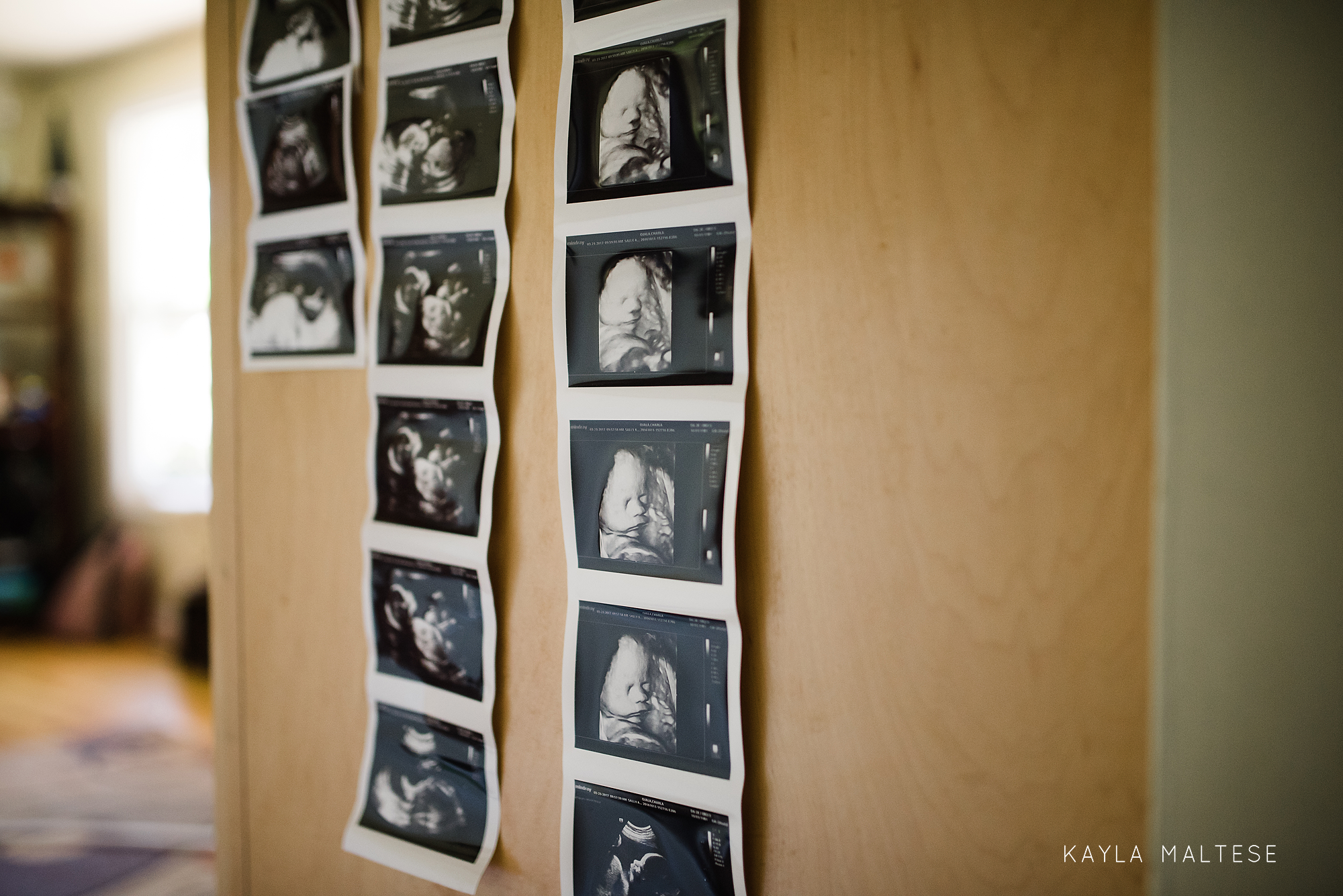
Things that are important to you or who you’re shooting.
Sometimes finding the details worth shooting is as simple as asking, “Is this important?” Before a session, I ask my clients about their family and any recent milestones and I use their responses to figure out what details are important to them. If a family spends a lot of time outdoors, hiking and camping, I will use details like their pile of boots by the back door and hiking guides on the bookshelf to help tell their story. During a newborn session, I look for clues that show a new baby has arrived: sonogram pictures on the fridge, baby blankets draped on the couch, cards of congratulations.
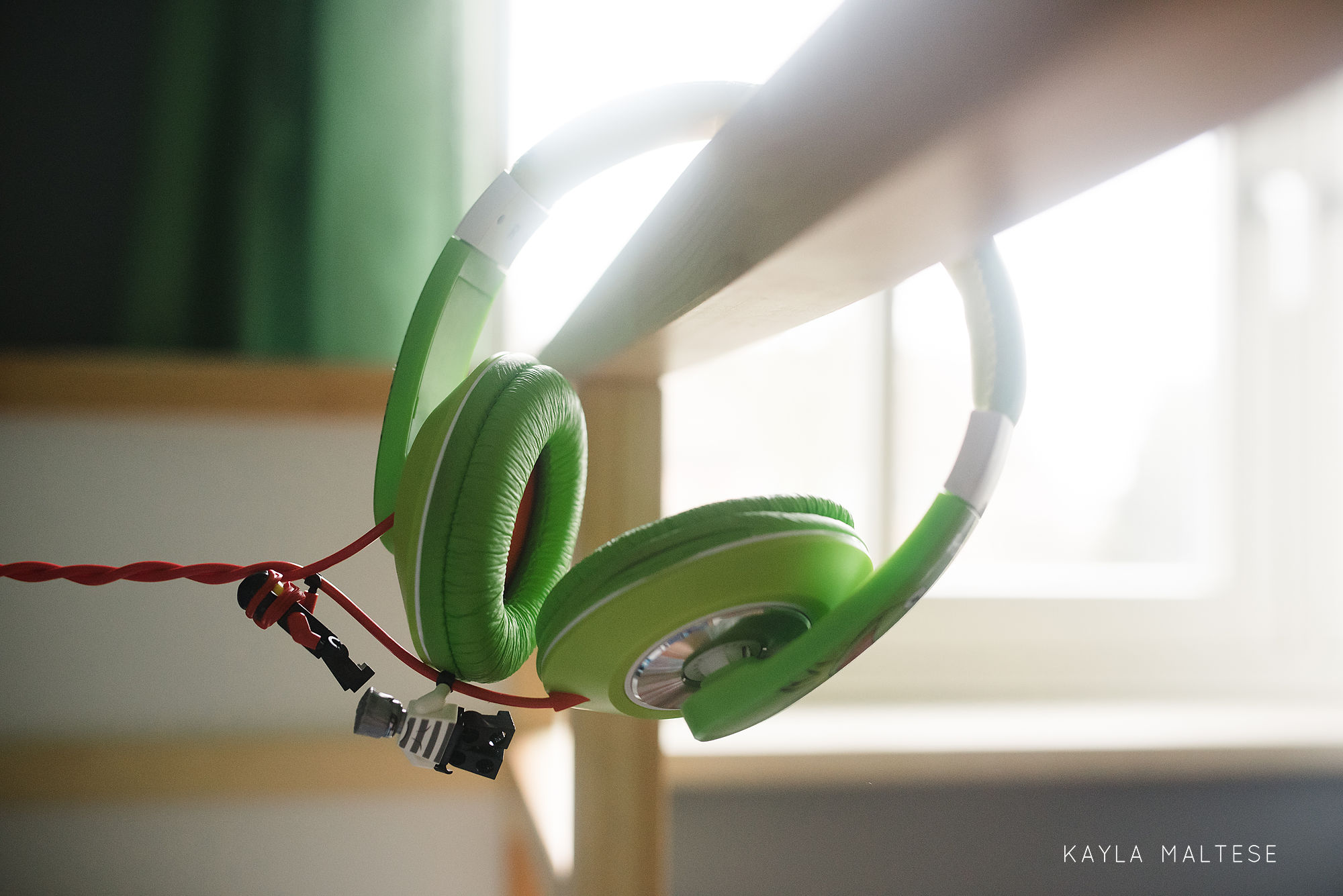
Key details in a story you’re shooting.
When you’re trying to shoot a story, remember that details are vitally important. Still not sure where to start? Think through an activity you’re photographing and write down all of the specifics. Use details that help to move the story forward or give your viewer more relevant information.
Let’s take a birthday cake story as an example. Possible details can include, but definitely are not limited to: the cake, candles being added to the cake, candles lit, dirty candles pulled off of the cake, cake being cut, piece of cake on plate, messy fingers, dirty empty plate. From these details we can likely figure out whose birthday it is, how old they’re turning, and what kind of a celebration it was, all without seeing a single face.
When you’re shooting outside of your home, include shots of the exterior of buildings you’re entering to help transition, signs to help explain the story (location or activity), the weather, street decor and so on.
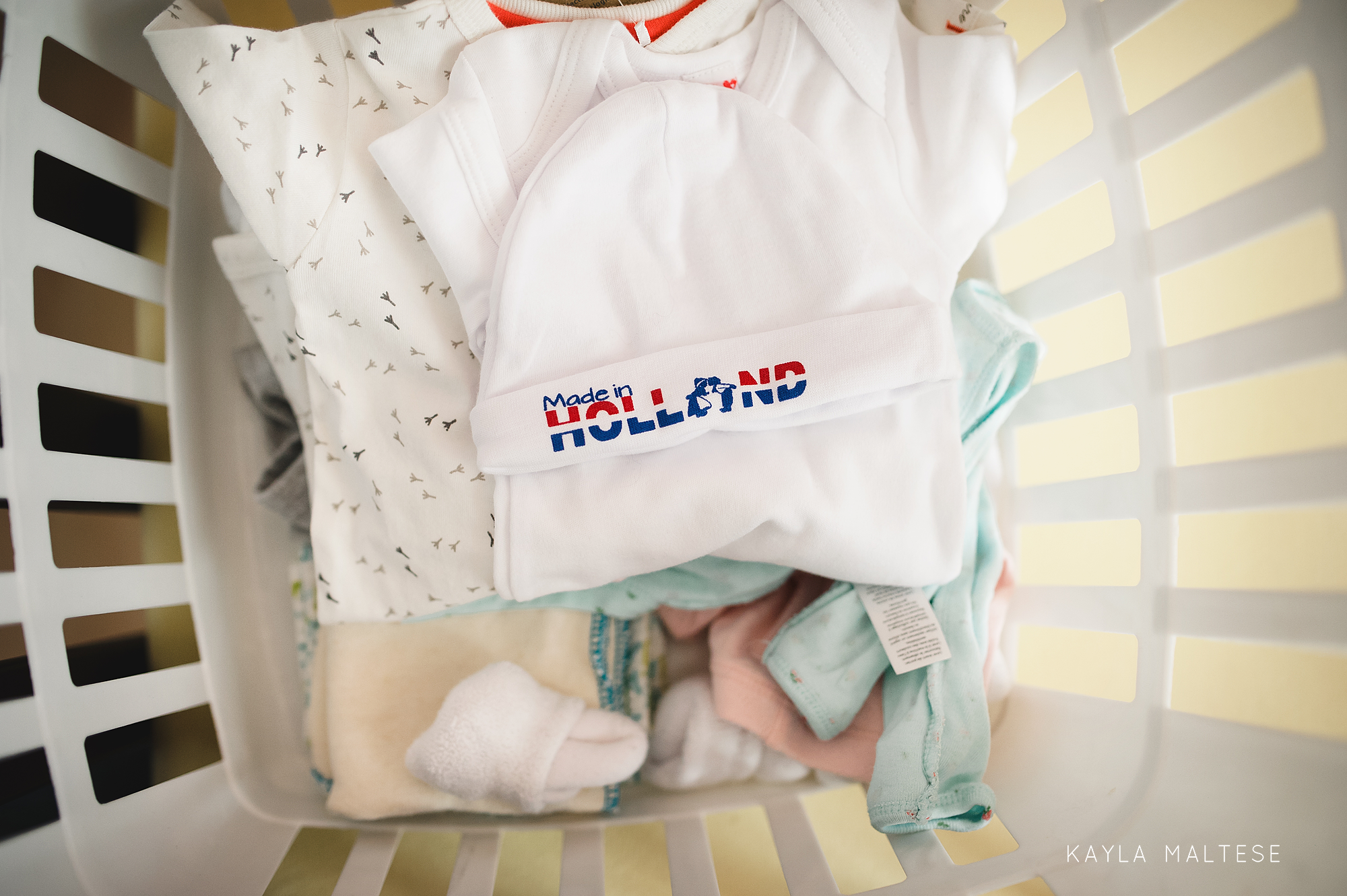
Things that are unique to who or what you’re shooting.
If you’re still stuck trying to figure out if something in front of you is a detail worth shooting, ask yourself if it is unique to this person, place or activity. When you’re visiting a new city, look for things that you don’t see back home: street art, a particular plant, distinct architecture. If you’re baking cookies, what specific ingredients are you using that can help your viewers identify what you’re making? Are you using chocolate chips or *shudder* raisins? A shot of the raw cookie dough on a cookie sheet will help to show that you’re making cookies and not a cake or muffins. Is the car in the driveway unique to this family? Maybe, maybe not. Is the decal on the back window unique? Probably!
Shoot the right details with the care and attention you give to the rest of your photography and they can be just as powerful on their own.
Interested in a Storytelling Session or online mentoring? Email me at Kayla@kaylamaltesephotography.com to find out more and be sure to follow me on Facebook.